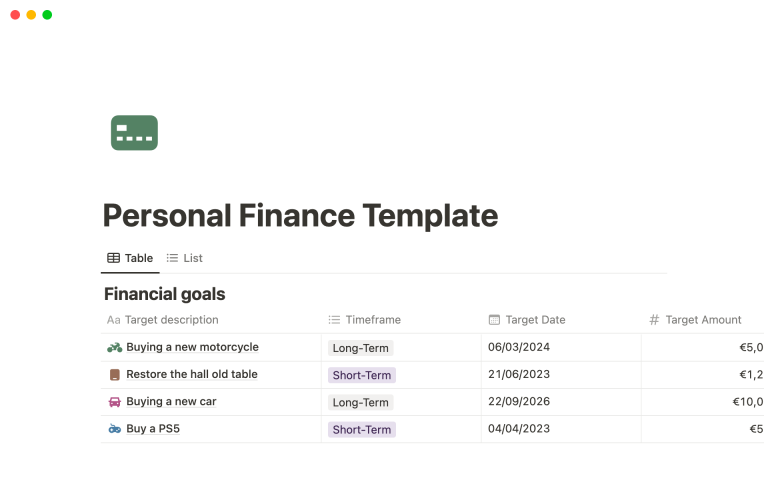Are you looking for a way to generate income without constantly working? If so, you’ve likely come across the concept of dividends for passive income. This method of earning money can be both rewarding and fulfilling, offering you the financial freedom to enjoy life on your own terms. In this article, we will dive deep into the realm of dividends and how you can effectively leverage them to create a sustainable passive income stream.
Understanding Dividends for Passive Income
But how do you start this journey? First, it’s vital to understand there are different types of dividends—cash dividends, stock dividends, and special dividends. Cash dividends are paid out in cash and can be reinvested or used as income. Stock dividends involve additional shares being issued to shareholders, while special dividends are one-time payments made under unique circumstances.
Finding the Right Dividend Stocks
One of the keys to generating substantial dividends for passive income is promising your funds to the right stocks. Not all dividend stocks are created equal, and knowing how to identify the best opportunities is crucial. Start by looking for companies with a consistent history of paying dividends. Ideally, you want to reward yourself with those that have been doing this for a decade or more.
Image of Dividend Payment
From my experience, exploring industries that consistently perform well, such as utilities, consumer goods, and healthcare, tends to yield fruitful results. These sectors often feature companies with stable earnings and an ability to weather economic downturns, which ultimately enhances their ability to pay dividends. Investigate their payout ratio, a metric that shows how much of their earnings are paid out as dividends—generally, a payout ratio under 60% is a good sign of stability.
The Role of Dividend Yield
Another critical factor to consider when evaluating dividends for passive income is the dividend yield. This metric is calculated by dividing the annual dividend by the stock’s current price. A higher dividend yield indicates that you’re getting more income relative to your investment. However, beware of extremely high yields, as they may signify underlying issues within the company. Always analyze the fundamentals before diving into investments with high yields.
Creating a Diversified Dividend Portfolio
As any seasoned investor will tell you, diversification is key. It’s essential to spread your investments across sectors to mitigate risk. Building a diversified dividend portfolio allows you to capture various industry performances, protecting your income stream. For instance, if one sector suffers a downturn, other sectors might thrive, providing you with consistent dividends across your portfolio.
Consider constructing your portfolio with different types of companies, including large, well-established firms known for their reliability and those smaller, higher-growth companies that may have lower payouts now, yet hold the potential for higher returns in the long run through reinvested earnings and increased dividends.
Reinvesting Dividends for Compounding Returns
Reinvesting your dividends for passive income is one of the most powerful strategies in investing. Many investors overlook the compounding effect of reinvested dividends. By using your dividends to purchase more shares, you increase your potential future dividends. This concept, known as the “snowball effect,” can dramatically accelerate your wealth-building journey.
Even if you don’t need the income your dividends produce right away, reinvesting can lead to exponential growth. It allows you to capitalize on the compounding interest, allowing your money to work harder and grow over time.
Monitoring Your Dividend Stocks
An often-neglected aspect of dividend investing is the ongoing management of your portfolio. It’s essential to keep an eye on your investments and stay informed about company performance and market conditions. While many companies might maintain their dividends during stable economic conditions, recessions or other crises can lead them to cut or suspend payouts, which directly affects your passive income stream.
By keeping up with news about your holdings and conducting regular check-ins on your portfolio performance, you can make informed decisions about when to buy or sell. This vigilance can help you optimize your portfolio further, increasing your dividends for passive income over time.
The Importance of Tax Considerations
As with all investment income, dividends for passive income are also subject to taxation. Understanding the tax implications of your dividends is crucial to your overall strategy. Qualified dividends, which are paid on stocks held longer than a specific period, are taxed at a lower rate than ordinary income. The distinction can make a significant difference in your net income from these dividends, so it’s worthwhile to consult with a tax professional if you’re unsure about the regulations in your area.
Moreover, consider utilizing tax-advantaged accounts (like IRAs or 401(k)s) to maximize your returns on dividend stocks. By keeping your investments in these accounts, you can sometimes defer taxes, allowing for even more substantial growth.
Expanding Beyond Domestic Stocks
While many investors focus exclusively on domestic dividend stocks, looking at international markets can present new opportunities. Investing in foreign companies through American Depository Receipts (ADRs) can provide valuable diversity and exposure to different economic environments. Not only can this further enhance your dividends for passive income, but it also reduces stock-specific risks.
However, investing internationally also introduces potential risks, like currency fluctuations and foreign market volatility. Always perform thorough research and consider these factors before expanding your portfolio beyond local investments.
Embracing Dividend Growth Stocks
Another strategy to consider is investing in dividend growth stocks. These companies consistently increase their dividends over time. They not only provide immediate cash flow but also offer the potential for growth that outpaces inflation. Finding these stocks can require diligent research, but the long-term benefits can be substantial. Investing in reliable dividends for passive income is a marathon, not a sprint, and focusing on growth can yield impressive results down the line.
Your Path to Financial Freedom
Ultimately, the journey of building a sustainable passive income through dividends will require patience, education, and informed decision-making. By understanding the mechanics behind dividends, prioritizing proper financial strategies, and staying informed, you can unlock the power of dividends for passive income and place yourself on a path toward financial freedom.
Remember, it’s not merely about how much money you can earn now; it’s about creating a lasting legacy of financial stability. The sooner you start investing in dividends, the quicker you can watch your efforts grow and eventually lead you to the lifestyle you’ve always dreamed of.
Happy investing!


